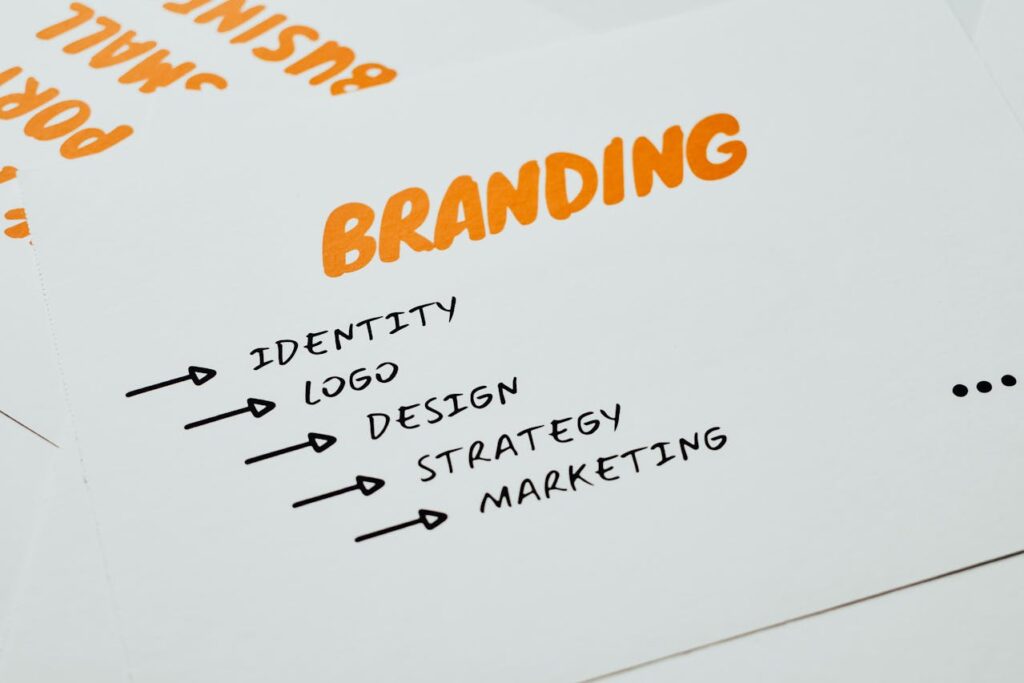
Graphic design is more than just creating beautiful visuals—it’s the art of visual communication that shapes how we perceive brands, ideas, and even culture. In today’s digital-first world, the importance of graphic design continues to grow as businesses, creators, and individuals rely on strong visuals to capture attention and build meaningful connections.
👉 If you’re interested in how design connects to typography, don’t forget to explore our Font Shop where visuals and type truly come together.
At the same time, graphic design exists within a vast creative industry where inspiration, tools, and resources are constantly evolving.
👉 For instance, platforms like Adobe Creative Cloud provide designers with professional tools that fuel creativity worldwide.
The Role of Graphic Design in Modern Branding
Branding isn’t just about logos. It’s about the emotions, stories, and identities that brands build around themselves. Graphic design plays a critical role here: it provides the visuals that make a brand recognizable and memorable. Think about iconic brands like Apple or Nike—their visuals are not just decoration but integral parts of their identity.
Designers use elements like typography, colors, shapes, and layouts to craft these identities. A well-designed logo or consistent visual identity can instantly build trust and recognition. Without strong graphic design, even the most innovative products might go unnoticed.
Essential Tools for Graphic Designers
The modern graphic designer’s toolkit is diverse and ever-changing. From classic software like Adobe Photoshop and Illustrator to modern, user-friendly tools like Canva and Figma, designers now have more resources than ever to bring their ideas to life.
But tools are only as powerful as the creativity behind them. Designers often combine different platforms, blending traditional design principles with modern technology. For example, vector-based design tools are used for logos and illustrations, while motion design software like After Effects brings visuals to life in digital campaigns.
The accessibility of these tools also means that more people can experiment with design, expanding the community and making graphic design a universal language of creativity.
Principles That Define Great Design
Behind every stunning design, there are principles that guide the process. These principles ensure that visuals aren’t just beautiful, but also functional and impactful. Some of the most important include:
- Balance → Achieving harmony between elements.
- Contrast → Creating emphasis and focus.
- Alignment → Ensuring structure and clarity.
- Hierarchy → Directing the viewer’s eye to what matters most.
- Consistency → Maintaining a cohesive look across platforms.
When applied thoughtfully, these principles help designers deliver messages effectively and make visuals that resonate with their audiences.
Why Graphic Design Matters for Businesses
In a crowded marketplace, standing out is everything. Businesses that invest in strong design communicate professionalism, credibility, and creativity. From websites to social media, packaging to presentations, design adds value at every touchpoint.
In fact, studies have shown that consumers often form opinions about a brand within just a few seconds of interaction—usually based on visuals alone. That’s why companies are investing more in visual storytelling, making graphic design a central part of their marketing strategies.
For small businesses and entrepreneurs, graphic design can level the playing field. Even with limited budgets, thoughtful design choices can make a business appear professional and trustworthy, allowing them to compete with bigger brands.
The Future of Graphic Design
Graphic design is not static—it evolves alongside technology and culture. As we move into the future, several trends are shaping the field:
- AI in Design: Tools that generate layouts, color palettes, and even entire brand identities.
- Interactive Design: Moving from static visuals to dynamic, immersive experiences.
- Sustainable Design: Eco-conscious choices in print, packaging, and digital.
- Global Collaboration: Designers working across borders, influenced by diverse cultural aesthetics.
These shifts show that graphic design will remain central to how we communicate ideas, market products, and express creativity. It’s not just about “making things look pretty”—it’s about shaping how people experience the world.
Final Thoughts
Graphic design is both an art and a profession, blending creativity with strategy. Whether you’re a business owner trying to build your brand, a student exploring design principles, or a creative professional expanding your toolkit, understanding graphic design is key to thriving in today’s world.
At its heart, design is about people—how we connect, how we communicate, and how we inspire. And in a visual culture that only grows more complex, great graphic design will continue to be one of the most powerful tools we have.
